New Scientist covers the latest developments in science and technology that will impact your world. New Scientist employs and commissions the best writers in their fields from all over the world. Our editorial team provide cutting-edge news, award-winning features and reports, written in concise and clear language that puts discoveries and advances in the context of everyday life today and in the future.
Elsewhere on New Scientist
Of art and artefacts • To make sense of ancient objects, archaeologists must temper imagination with science
New Scientist
Renewable power hopes stay afloat
Analysis Weight-loss drugs • Wegovy averts heart attacks – will this widen use? A trial has found that the weight-loss injection Wegovy can also ward off heart problems. This could make it more accessible, says Clare Wilson
Frequently seeing loved ones may cut risk of early death
DeepMind AI predicts the weather • Spotting patterns in data lets Google DeepMind beat the best weather forecasts – sort of
Metal pollution may be skewing the sex ratio of sea turtles
Eyeball transplant success • It was thought impossible, but surgeons have performed the first human eyeball transplant
Robot works out how to make oxygen from Mars minerals
Walkie-talkies could work long-distance underwater
Analysis Climate change • Will global warming continue after we reach net zero? Taking longer to cut emissions could see the planet continue to warm for some time afterwards, finds Michael Le Page
Vitamin B3 could treat chronic pain • A high dose seems to work against persistent pain in mice, but human trials are still needed
Rainforest loss could worsen El Niño and La Niña
Plants thrive in lunar soil with help from bacteria
Analysis Artificial intelligence • Actors’ strike ends – but AI battle may not be over An agreement on the use of digital replicas has ended the Hollywood actors’ strike, but the industry could still drastically change, says Jeremy Hsu
The most distant black hole ever seen • Supermassive black hole 31 billion light years away could help settle an early cosmic mystery
Hummingbirds have two ways to fly through tiny gaps
3.5 minutes of intense activity a day may keep your heart healthy
Ancient Europe was full of savannah and grazed by elephants
Fusion may find first use in medicine • Reactors could make radioactive isotopes for hospitals before becoming useful power generators
Comet Erasmus wagged its tail as it flew past the sun
Sea cucumbers put on a spectacular light show
Alzheimer’s blood tests may be rolled out within five years
Artificial life grows a step closer • Strain of yeast with a genome that is 50 per cent synthetic is a significant advance
The past 12 months were the hottest ever on record
Milky Way-like galaxy is oddly old
Dissolving tracked at the atomic level
New way of shaking a martini creates bold patterns
Really brief
‘Water become bone’ • Once seen as miraculous, for all its ubiquity, ice is still an enigmatic, surprising substance, We should cherish it more, says Max Leonard
No planet B • Old King Coal Coal waste separation might sound deathly dull, but the waste from abandoned coal mines could provide rare and crucial elements for clean energy tech, discovers Graham Lawton
On the cusp
Your letters
When the lights go out • Darkness has always intrigued and terrified us in equal measure. We aren’t even sure what it means scientifically, finds Elle Hunt
How cute is that! • A charming book makes a great case for studying cuteness. But the concept may have a very dark side, says Simon Ings
New Scientist...

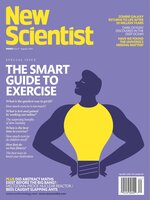 Jul 27 2024
Jul 27 2024
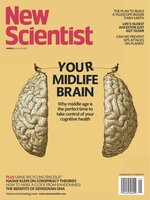 Jul 20 2024
Jul 20 2024
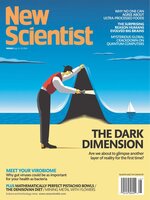 Jul 13 2024
Jul 13 2024
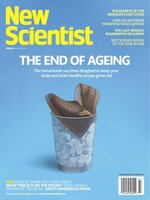 Jul 06 2024
Jul 06 2024
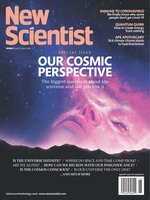 Jun 29 2024
Jun 29 2024
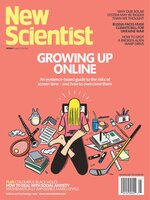 Jun 22 2024
Jun 22 2024
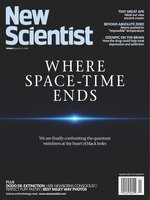 Jun 15 2024
Jun 15 2024
 Jun 08 2024
Jun 08 2024
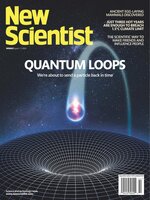 Jun 01 2024
Jun 01 2024
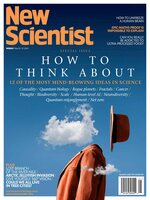 May 25 2024
May 25 2024
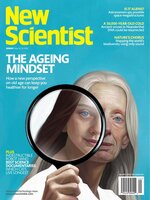 May 18 2024
May 18 2024
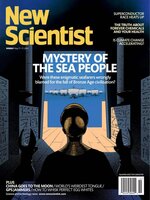 May 11 2024
May 11 2024
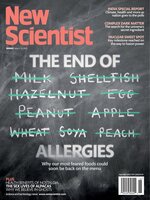 May 04 2024
May 04 2024
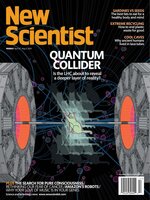 Apr 27 2024
Apr 27 2024
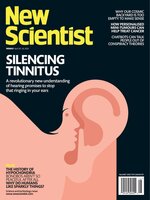 Apr 20 2024
Apr 20 2024
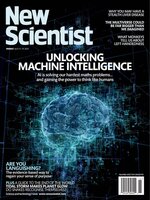 Apr 13 2024
Apr 13 2024
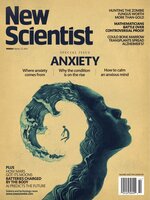 Apr 06 2024
Apr 06 2024
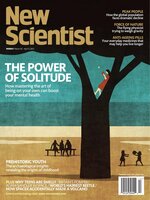 Mar 30 2024
Mar 30 2024
 Mar 23 2024
Mar 23 2024
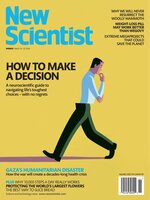 Mar 16 2024
Mar 16 2024
 Mar 09 2024
Mar 09 2024
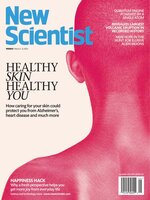 Mar 02 2024
Mar 02 2024
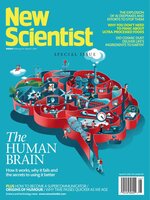 Feb 24 2024
Feb 24 2024
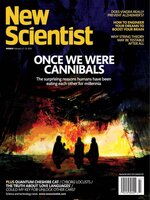 Feb 17 2024
Feb 17 2024
